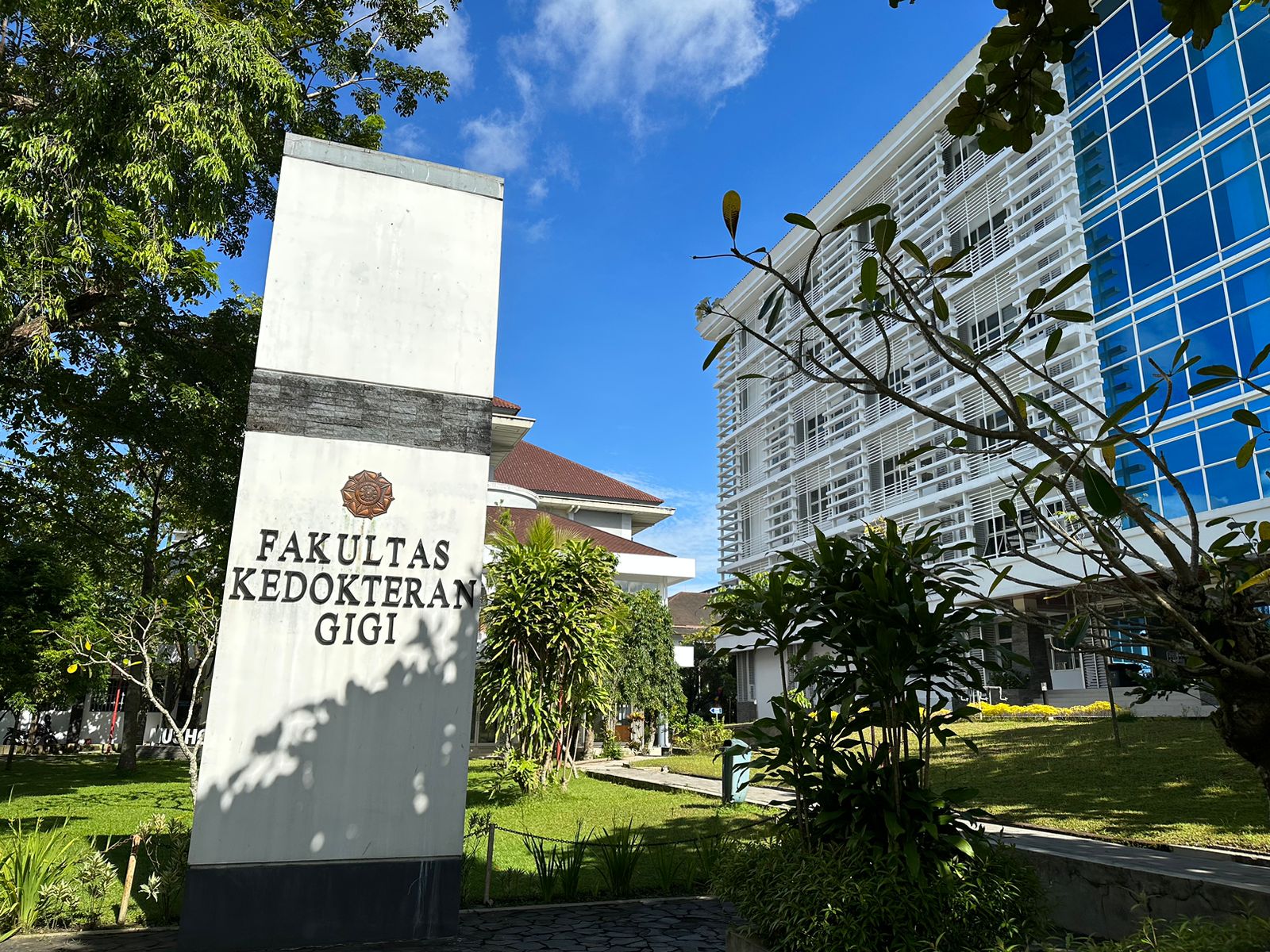On Friday, 15 November 2024, dental students gathered at the Integrated DLC Laboratory on the 4th floor to participate in a biochemistry practicum focusing on carbohydrate testing. This session aimed to provide students with practical insights into the biochemical reactions occurring in the body and the laboratory techniques used in research. The practicum theme centered on the importance of carbohydrates, one of the main macromolecules in biochemistry.
Carbohydrates play a crucial role as the primary energy source for living organisms. They are classified into several categories, including monosaccharides, disaccharides, oligosaccharides, and polysaccharides. Understanding these classifications is essential as students delve into the biochemical processes that sustain life.
During the practicum, students engaged in various carbohydrate tests, including the Molisch test, Benedict’s test, Seliwanoff’s test, Tauber’s test, sucrose hydrolysis, iodine test, starch hydrolysis, and gum arabic hydrolysis. Each test served a specific purpose in identifying and analyzing different types of carbohydrates.
The Molisch test is a general test used to detect the presence of carbohydrates in a sample. Students learned how to perform this test and interpret the results, gaining valuable insights into the chemical properties of carbohydrates.
Benedict’s test was used to identify reducing sugars. Students observed color changes during the reaction, which indicated the presence of reducing sugars in the tested samples. This hands-on experience is particularly relevant to their future careers in dentistry, where understanding biochemical reactions is essential.
The Seliwanoff test was also conducted to differentiate between aldoses and ketoses. This test helped students appreciate the structural differences between various carbohydrates and their implications in biological systems. The practicum emphasized the importance of these tests in clinical settings, where accurate carbohydrate identification can influence patient treatment.
In addition to these tests, students explored hydrolysis reactions, such as sucrose hydrolysis and starch hydrolysis. These reactions are fundamental to understanding how carbohydrates are broken down in the body to provide energy for physiological processes. The practicum highlighted the significance of enzymes in hydrolysis reactions, reinforcing the link between biochemistry and dentistry.
The hands-on laboratory experience not only enhanced students' understanding of carbohydrate chemistry but also encouraged teamwork and collaboration. Working in groups, students shared their findings and discussed the implications of their results, fostering a collaborative learning environment.
This practicum aligns with the Sustainable Development Goals (SDGs), particularly Goal 4, which focuses on ensuring access to quality education. By equipping students with practical knowledge and skills, educational institutions contribute to developing a knowledgeable workforce capable of addressing future health challenges.
Students expressed their appreciation for the opportunity to engage in practical biochemistry. They recognized the importance of such experiences in their education and future careers, emphasizing the need for continued access to quality education in dentistry.
Contributor: Sri Pujiatun | Author: Al Haqi Insan Pratama

